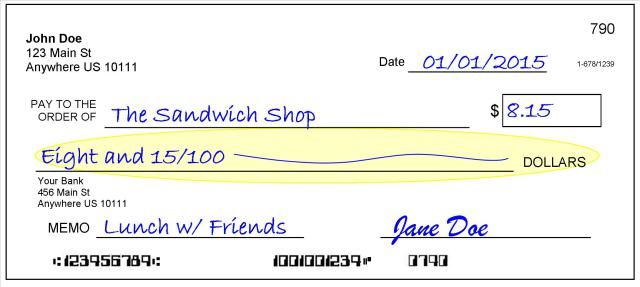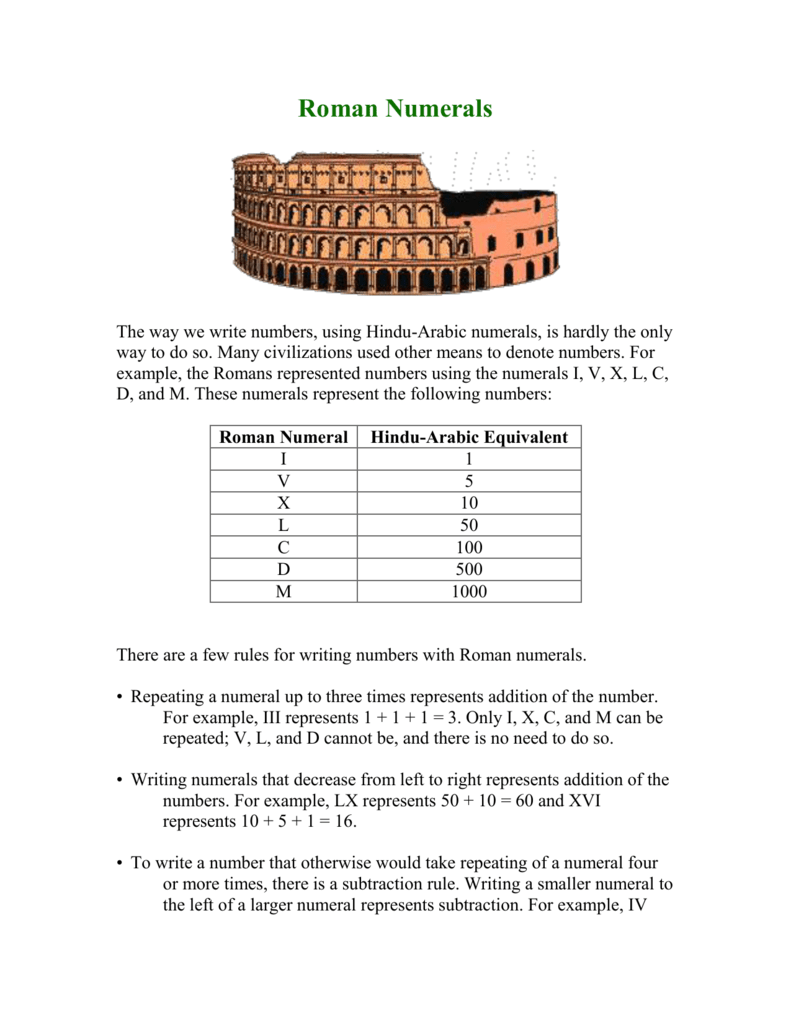

In some countries, large numbers are separated by dots and the comma is used for decimals.
#RULES FOR WRITING NUMBERS SERIAL#
Numbers that are not money amounts, like serial numbers, years, and phone numbers are generally represented without commas. If we add a decimal to the end, we have 1100., with FOUR significant figures (by rule 5.) But by writing it in scientific notation: 1.10 x 10 3, we create a THREE-significant-figure value. If the date is given as month, day, year, use a comma before the year. By rhas TWO significant figures its two trailing zeros are not significant. For example, let's try writing 1100 with THREE significant figures. Rule 8 provides the opportunity to change the number of significant figures in a value by manipulating its form. 5.02 x 10 4 has THREE significant figures: "5.02." "10 and "4" are not significant. For a number in scientific notation: N x 10 x, all digits comprising N ARE significant by the first 6 rules "10" and "x" are NOT significant. Writing just "1000" would give us only one significant figure.)Ĩ. (from rules 5 and 6, we see that in order for the trailing zeros to "count" as significant, they must be followed by a decimal. Round 1000.3 to four significant figures.ġ000.3 has five significant figures (the zeros are between non-zero digits 1 and 3, so by rule 2 above, they are significant.) We need to drop the final 3, and since 3 < 5, we leave the last zero alone. So now back to the example posed in the Rounding Tutorial: This rule applies to numbers that are definitions. Exact numbers have an INFINITE number of significant figures. Writing just "540" indicates that the zero is NOT significant, and there are only TWO significant figures in this value.ħ. Trailing zeros in a whole number with no decimal shown are NOT significant. For example, "540." indicates that the trailing zero IS significant there are THREE significant figures in this value.Ħ. By convention, however, this decimal indicates a significant zero.

#RULES FOR WRITING NUMBERS FREE#
While some forms of poetry have free rein with regard to their subject or number of lines and syllables, the haiku was established in Japan as far back as the 9th.

Placing a decimal at the end of a number is usually not done. Want to learn the rules for writing haiku In modern haiku there are no specific rules however, the structure of traditional haiku is the same as it has been for centuries. Trailing zeros in a whole number with the decimal shown ARE significant. You cannot tag on zeros that aren't certain to belong there.ĥ. It's important to understand that "zero" does not mean "nothing." Zero denotes actual information, just like any other number. There are FOUR significant figures in 92.00.ĩ2.00 is different from 92: a scientist who measures 92.00 milliliters knows his value to the nearest 1/100th milliliter meanwhile his colleague who measured 92 milliliters only knows his value to the nearest 1 milliliter. Trailing zeros to the right of the decimal ARE significant. They're nothing more than "place holders." The number 0.54 has only TWO significant figures. Zeros between two non-zero digits ARE significant. The number 33.2 has THREE significant figures because all of the digits present are non-zero.Ģ. The sum of the oxidation numbers in a polyatomic ion is equal to the charge of the ion. For example, the sum of the oxidation numbers for SO 4 2- is -2.1.The sum of the oxidation numbers of all of the atoms in a neutral compound is 0.The oxidation number of a Group VIIA element in a compound is -1, except when that element is combined with one having a higher electronegativity. The oxidation number of Cl is -1 in HCl, but the oxidation number of Cl is +1 in HOCl.The oxidation number of a Group IIA element in a compound is +2.The oxidation number of a Group IA element in a compound is +1.The oxidation number of oxygen in compounds is usually -2. Exceptions include OF 2 because F is more electronegative than O, and BaO 2, due to the structure of the peroxide ion, which is 2.The usual oxidation number of hydrogen is +1. The oxidation number of hydrogen is -1 in compounds containing elements that are less electronegative than hydrogen, as in CaH 2.The oxidation number of a monatomic ion equals the charge of the ion. For example, the oxidation number of Na + is +1 the oxidation number of N 3- is -3.The oxidation number of a free element is always 0. The atoms in He and N 2, for example, have oxidation numbers of 0.For example, in NaH, the H is H- in HCl, the H is H+. The convention is that the cation is written first in a formula, followed by the anion.


 0 kommentar(er)
0 kommentar(er)
